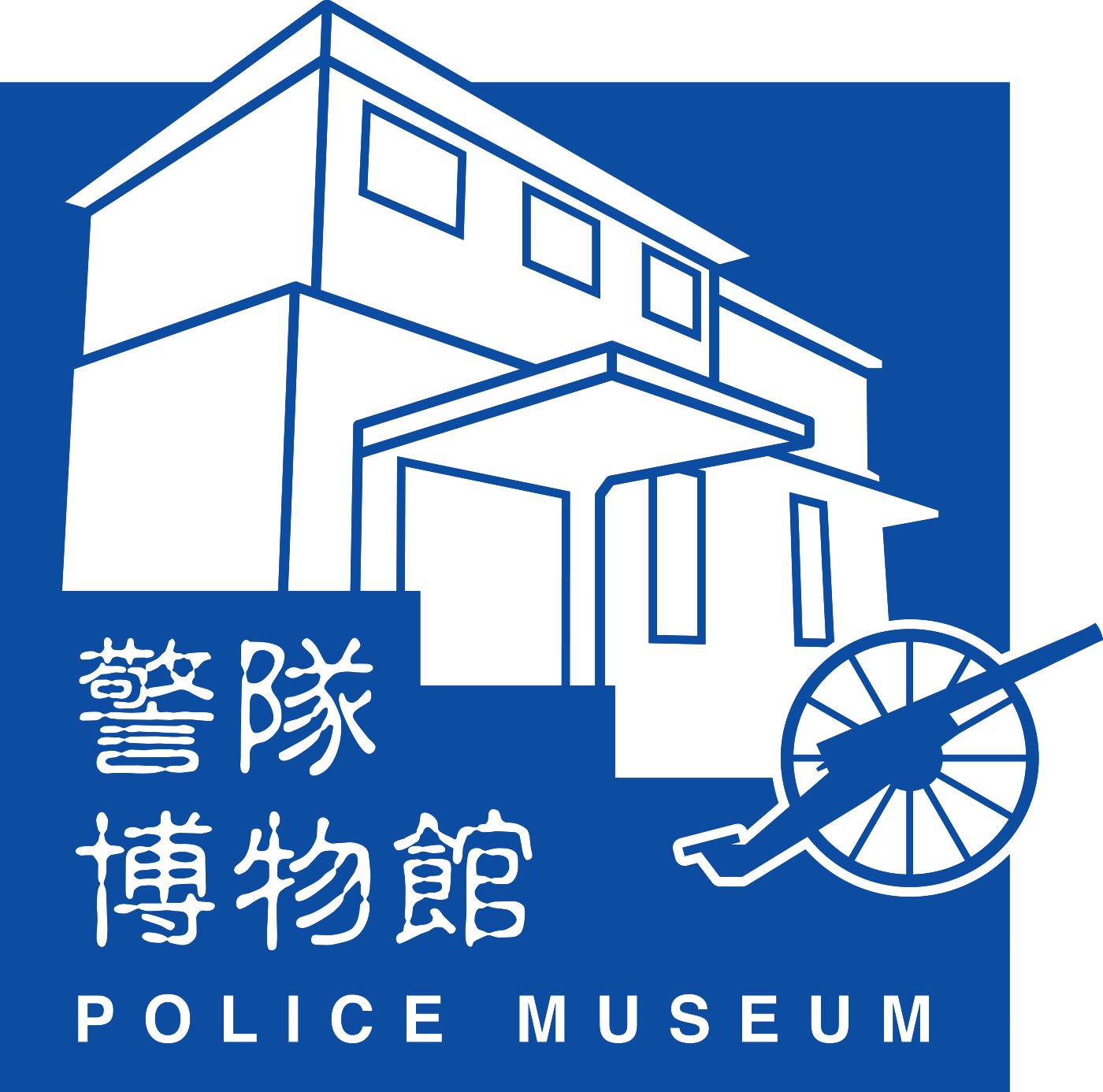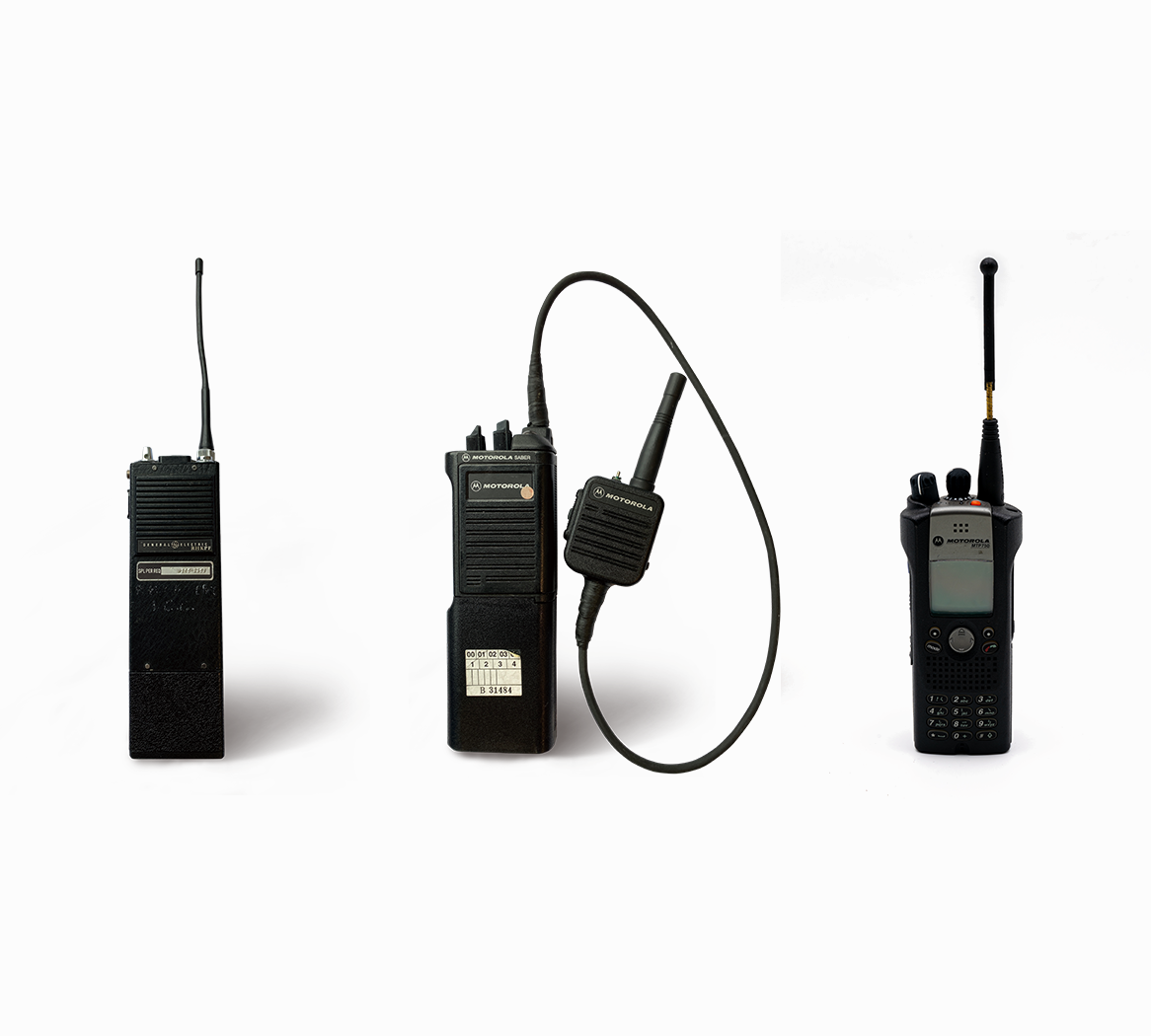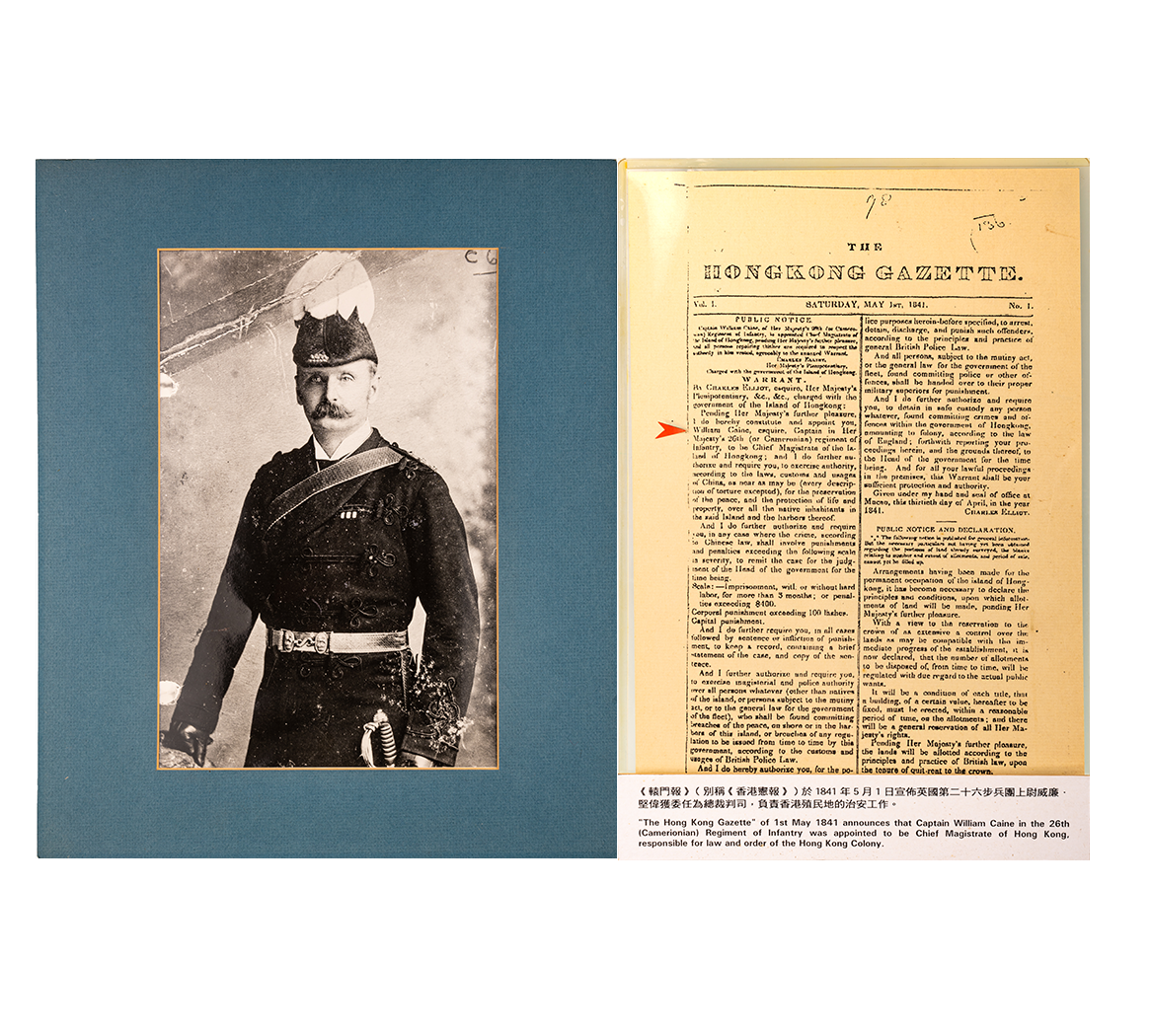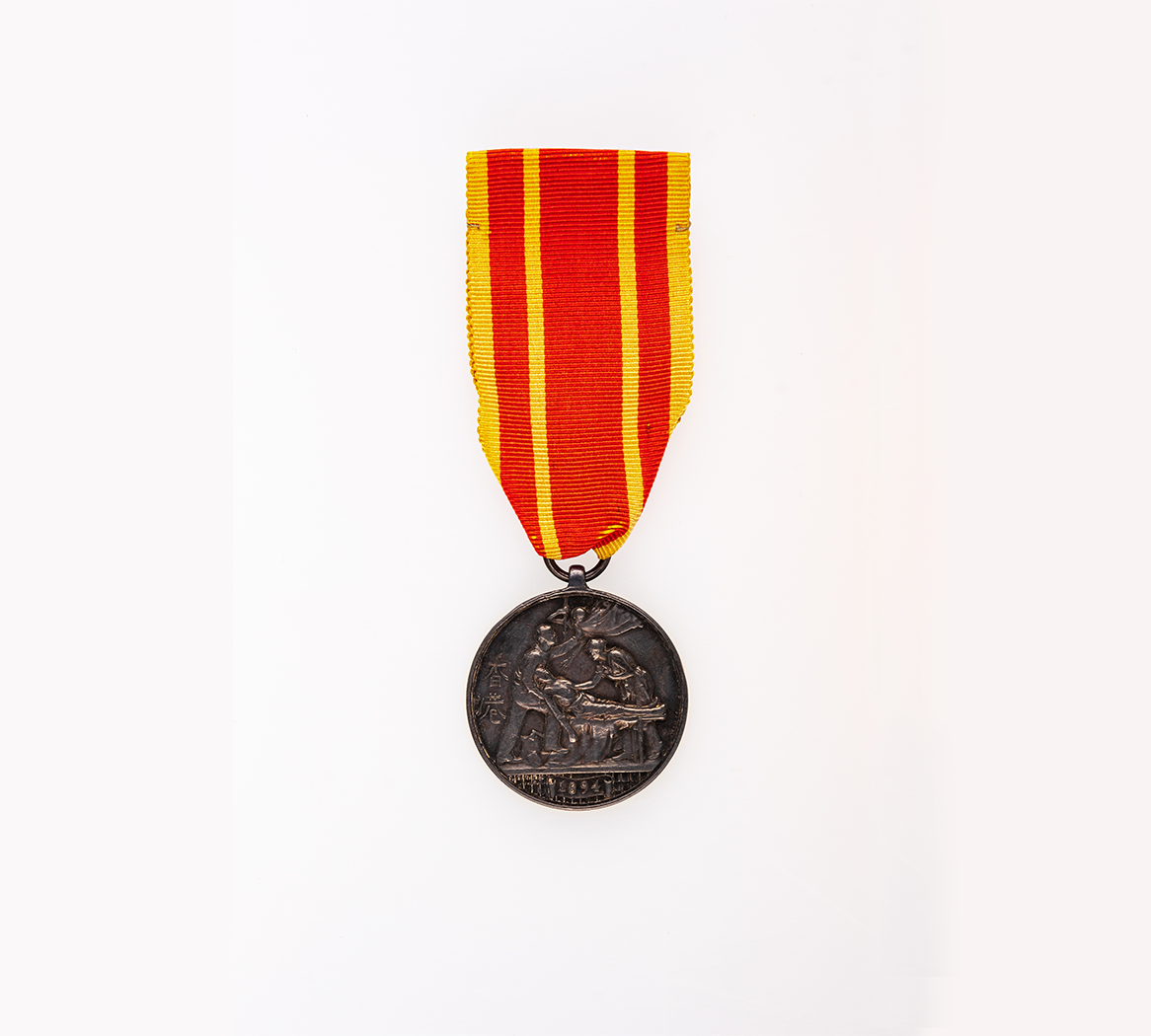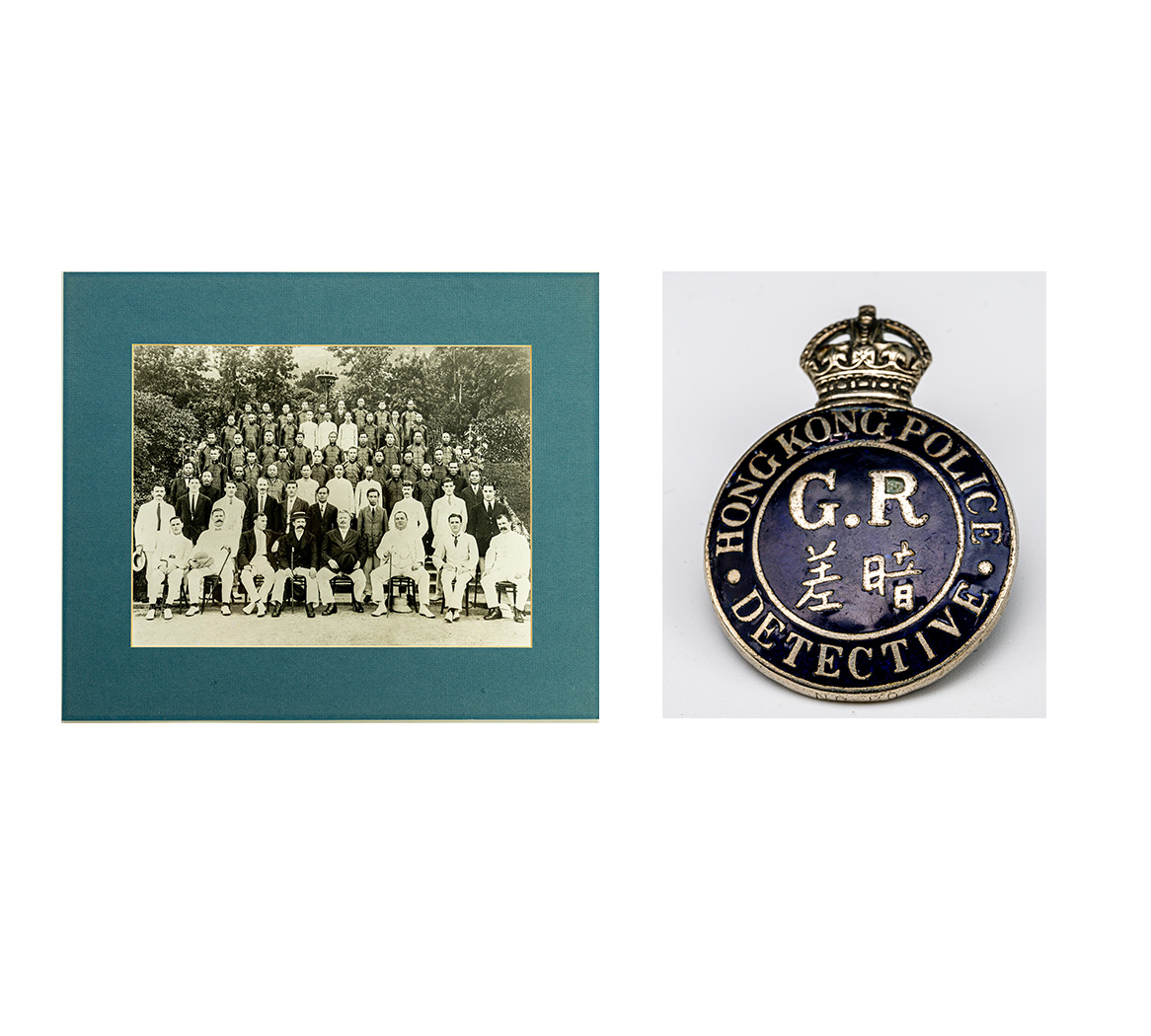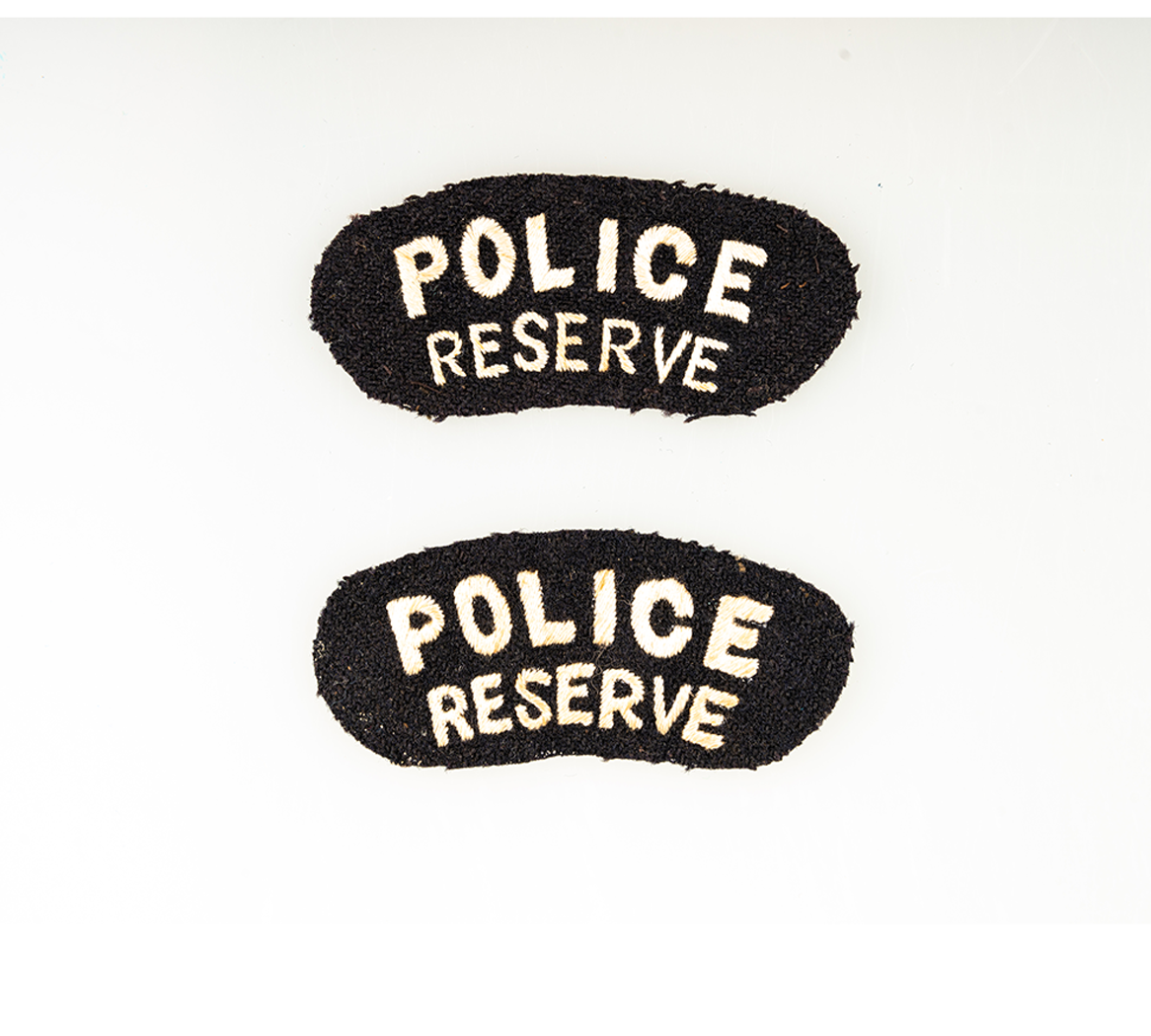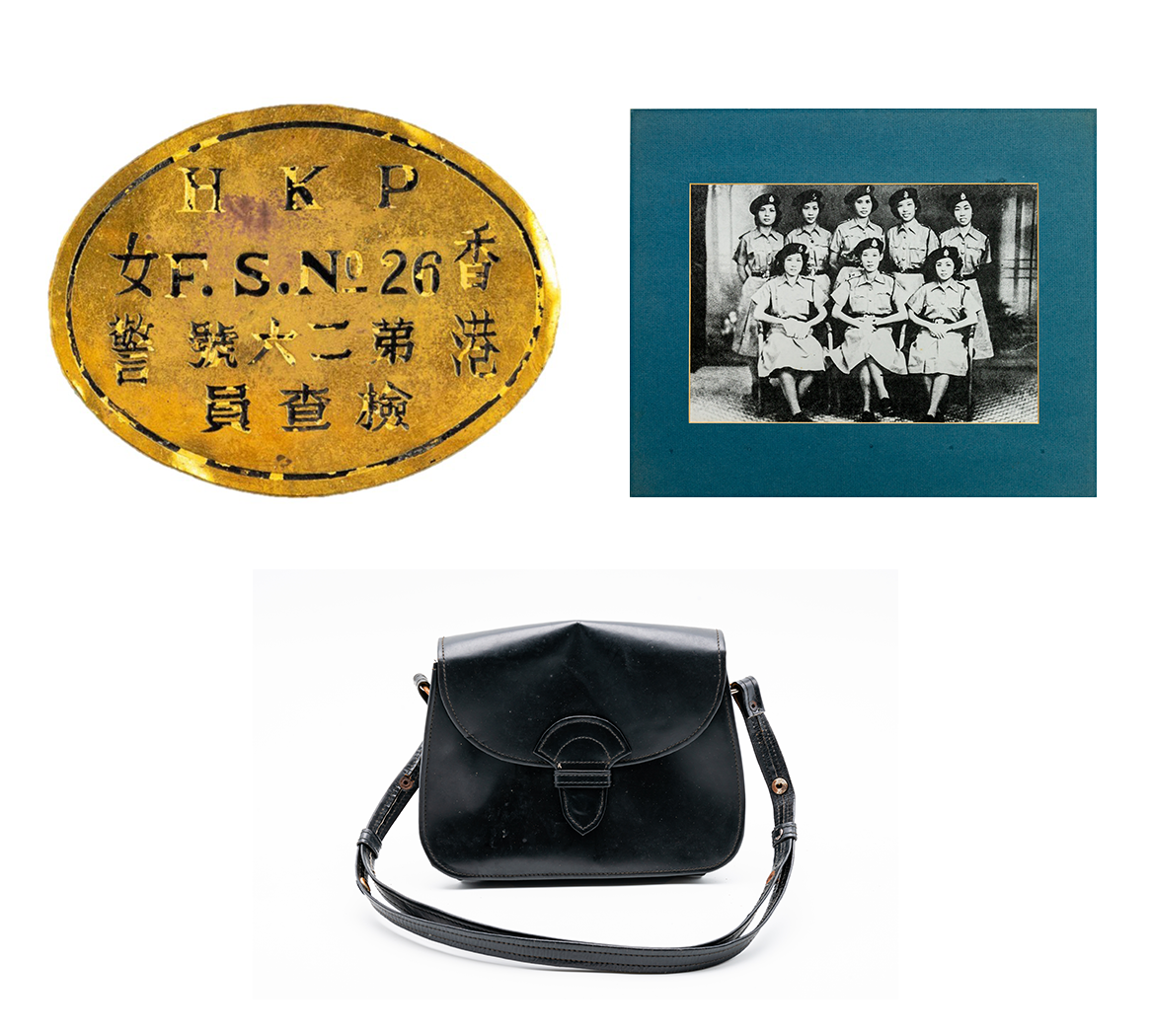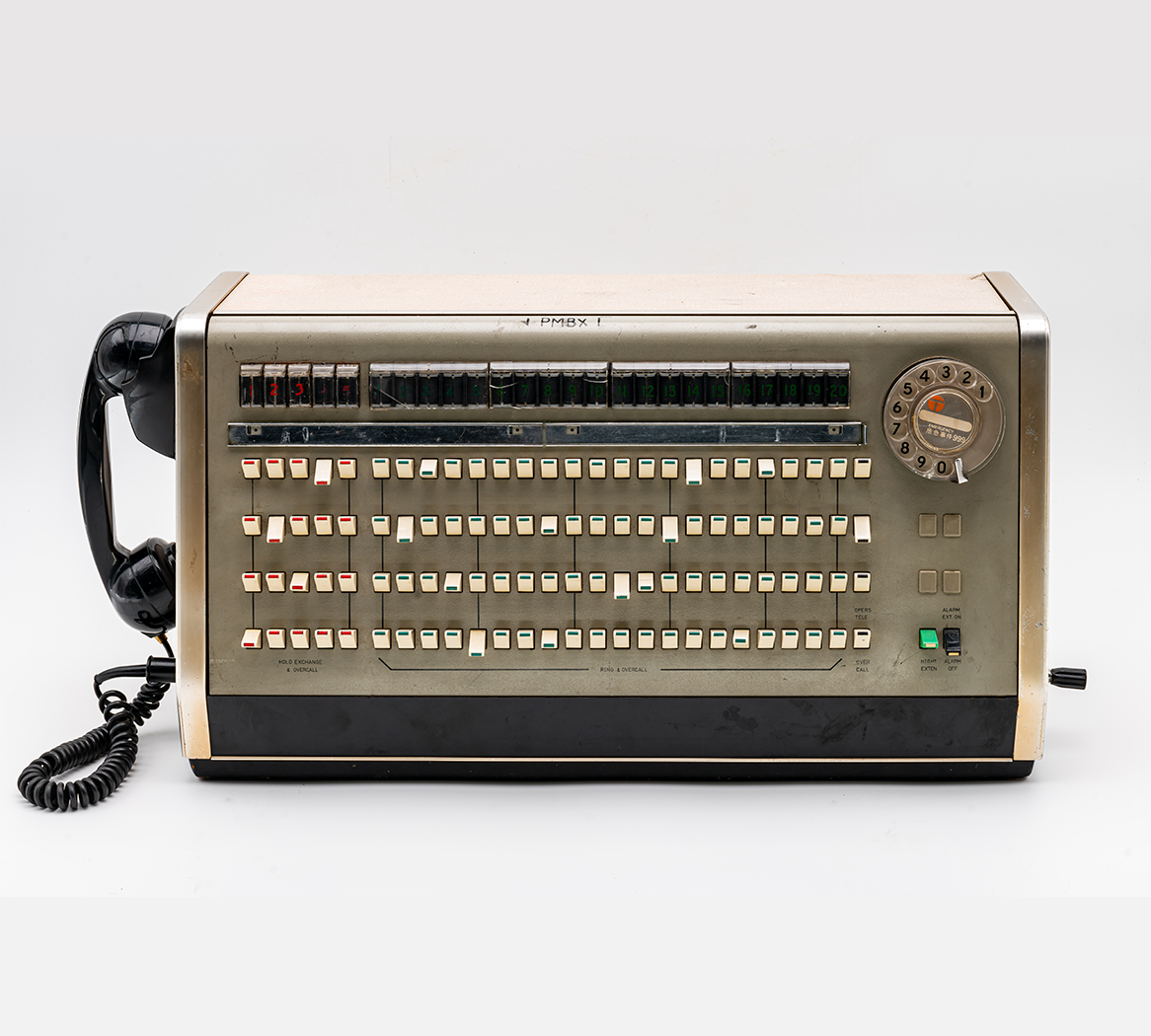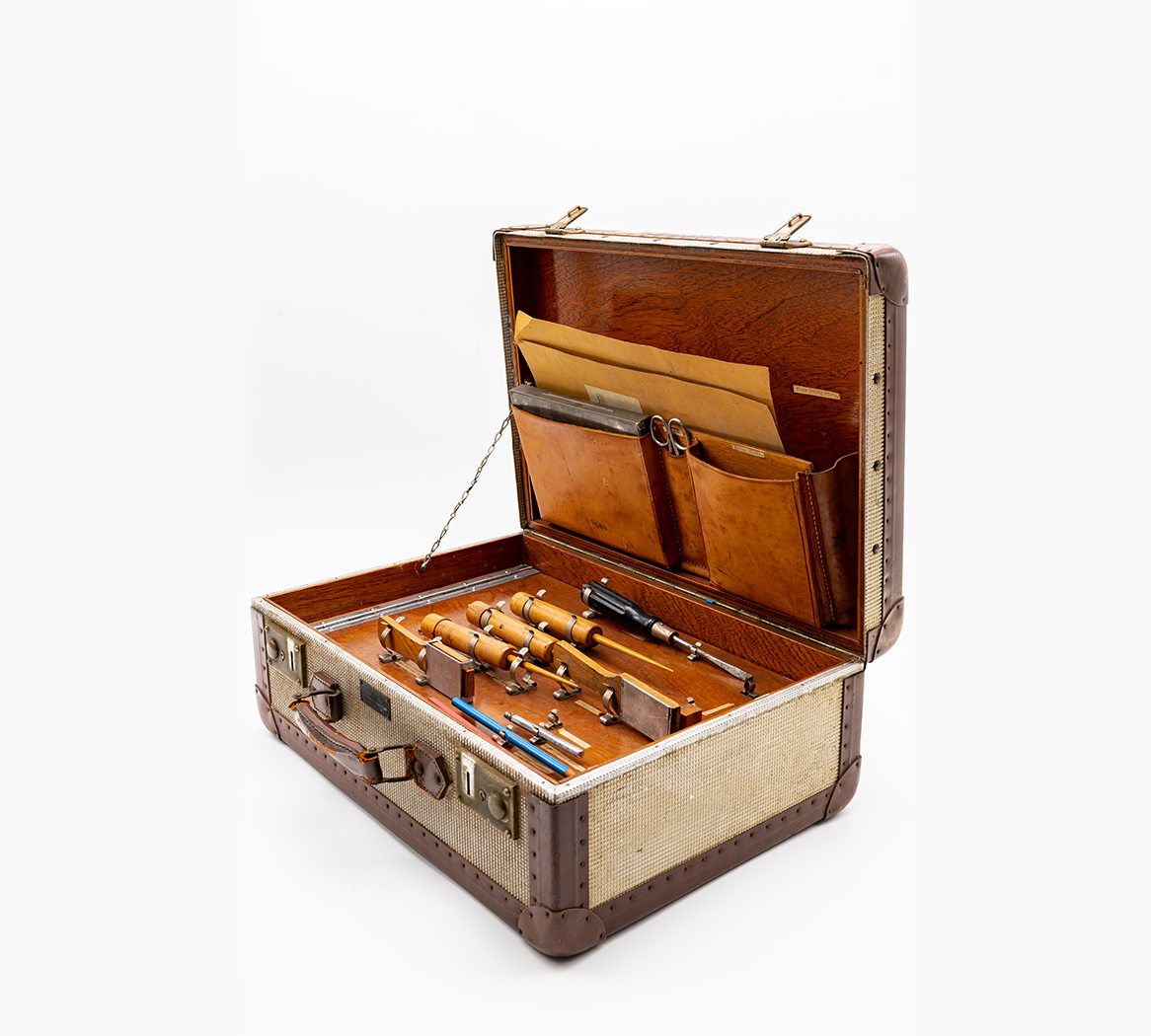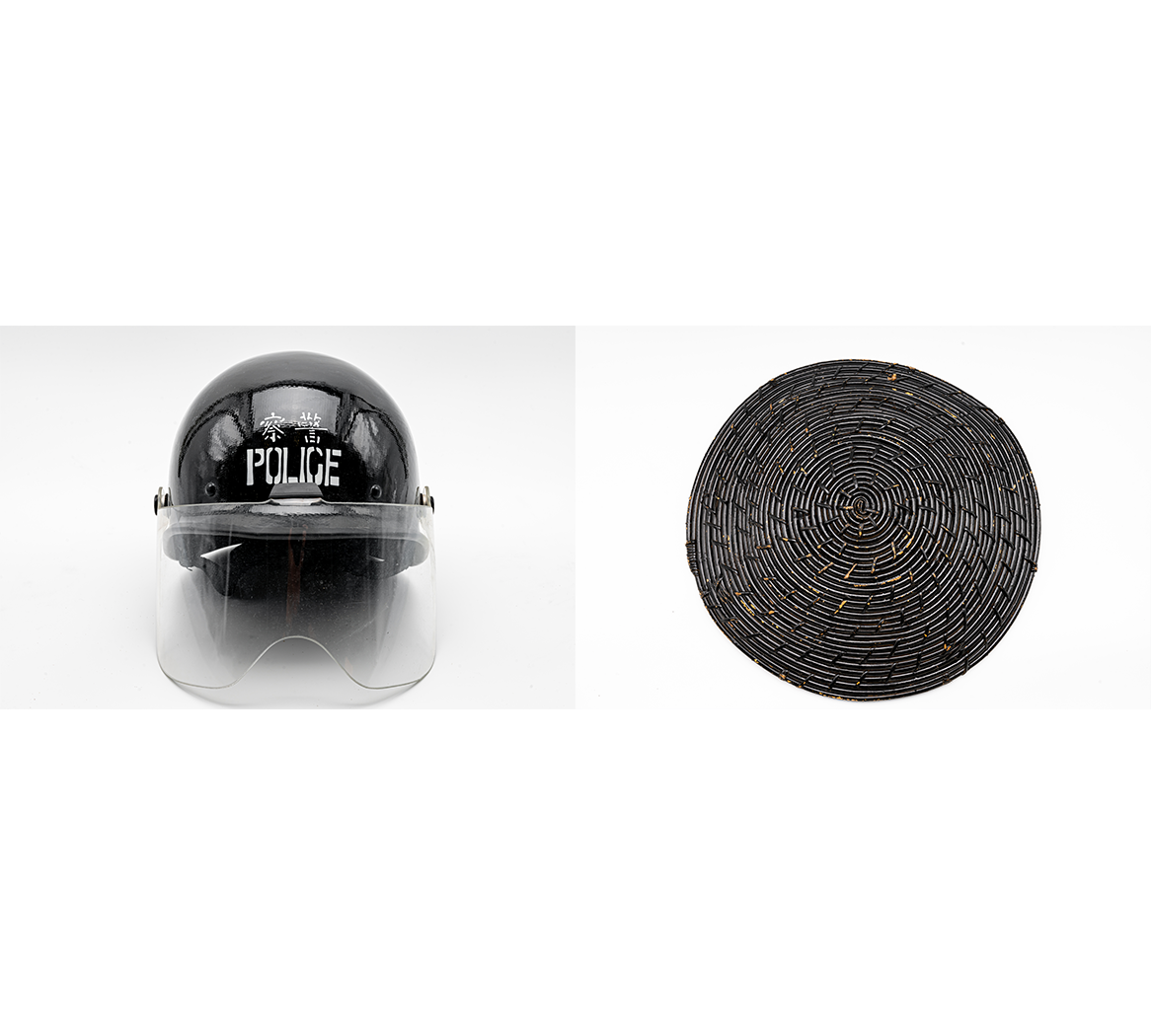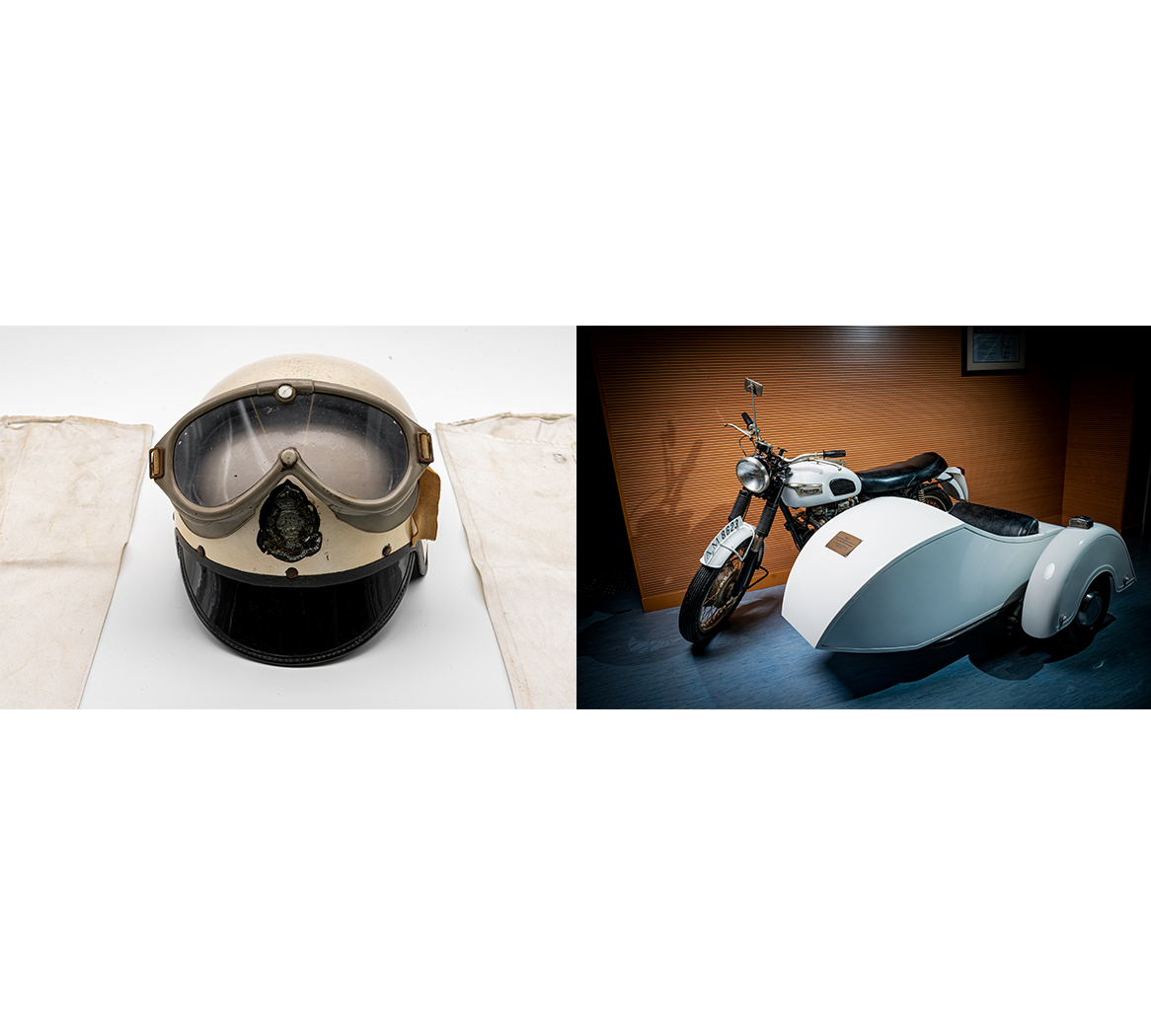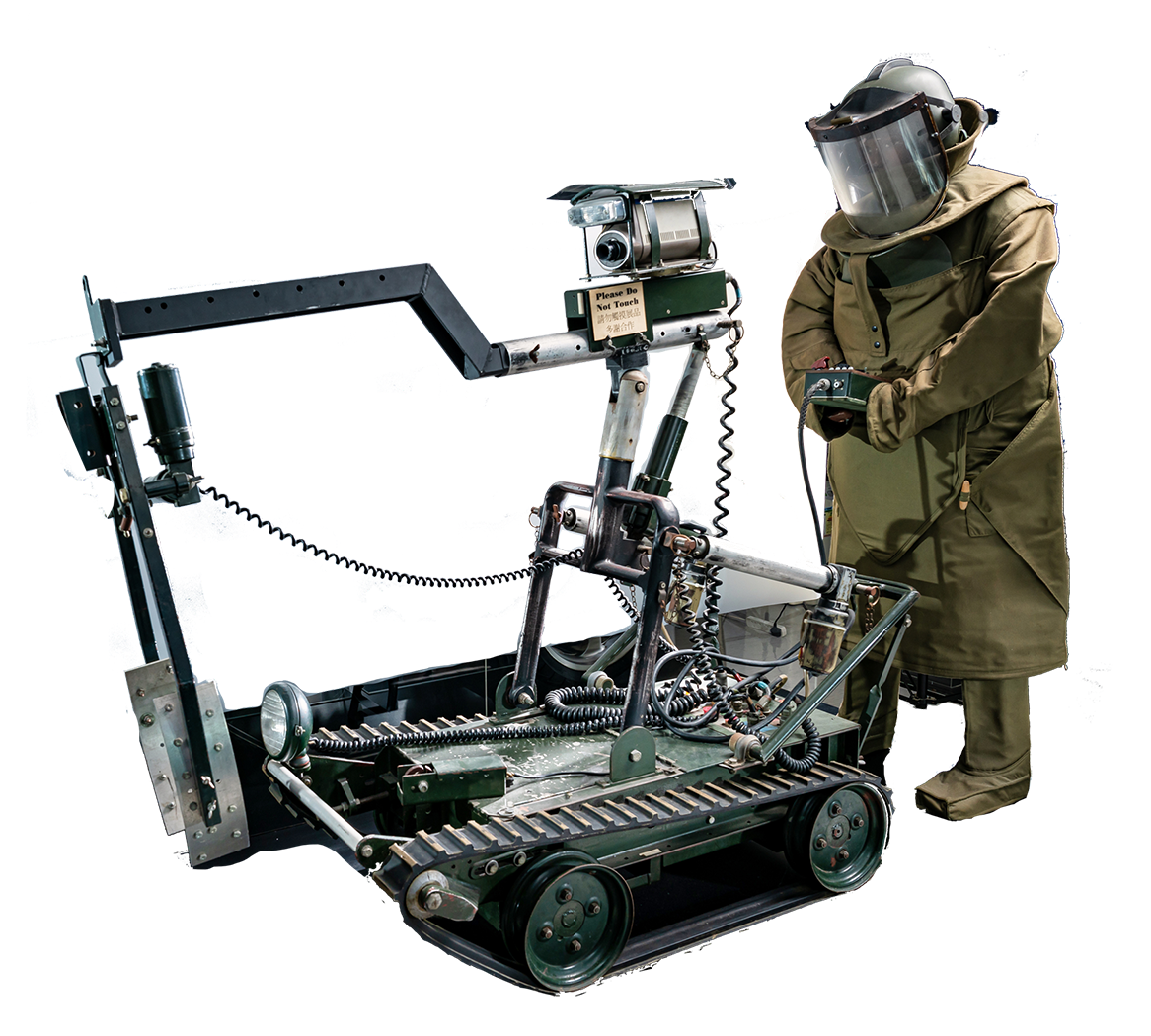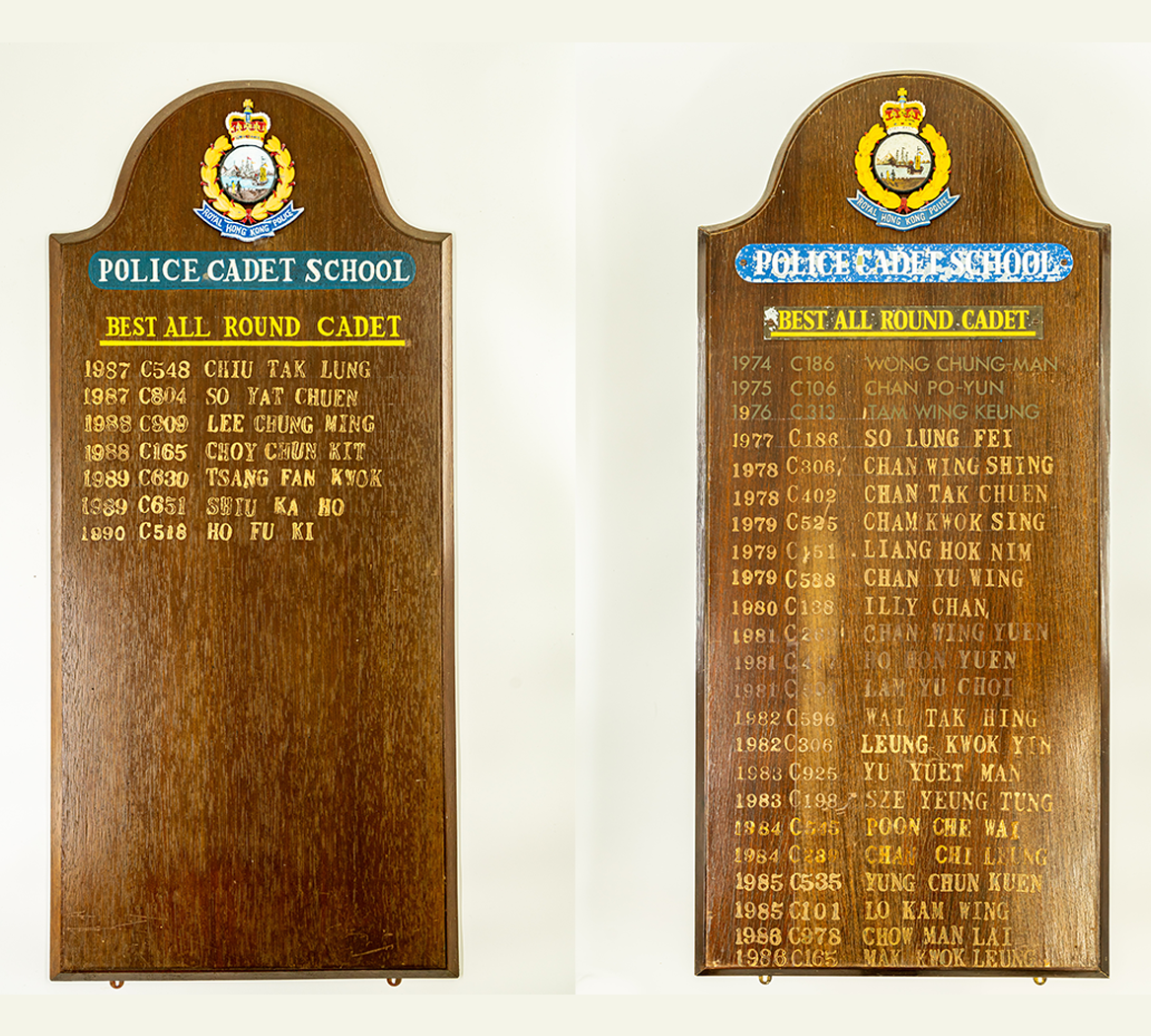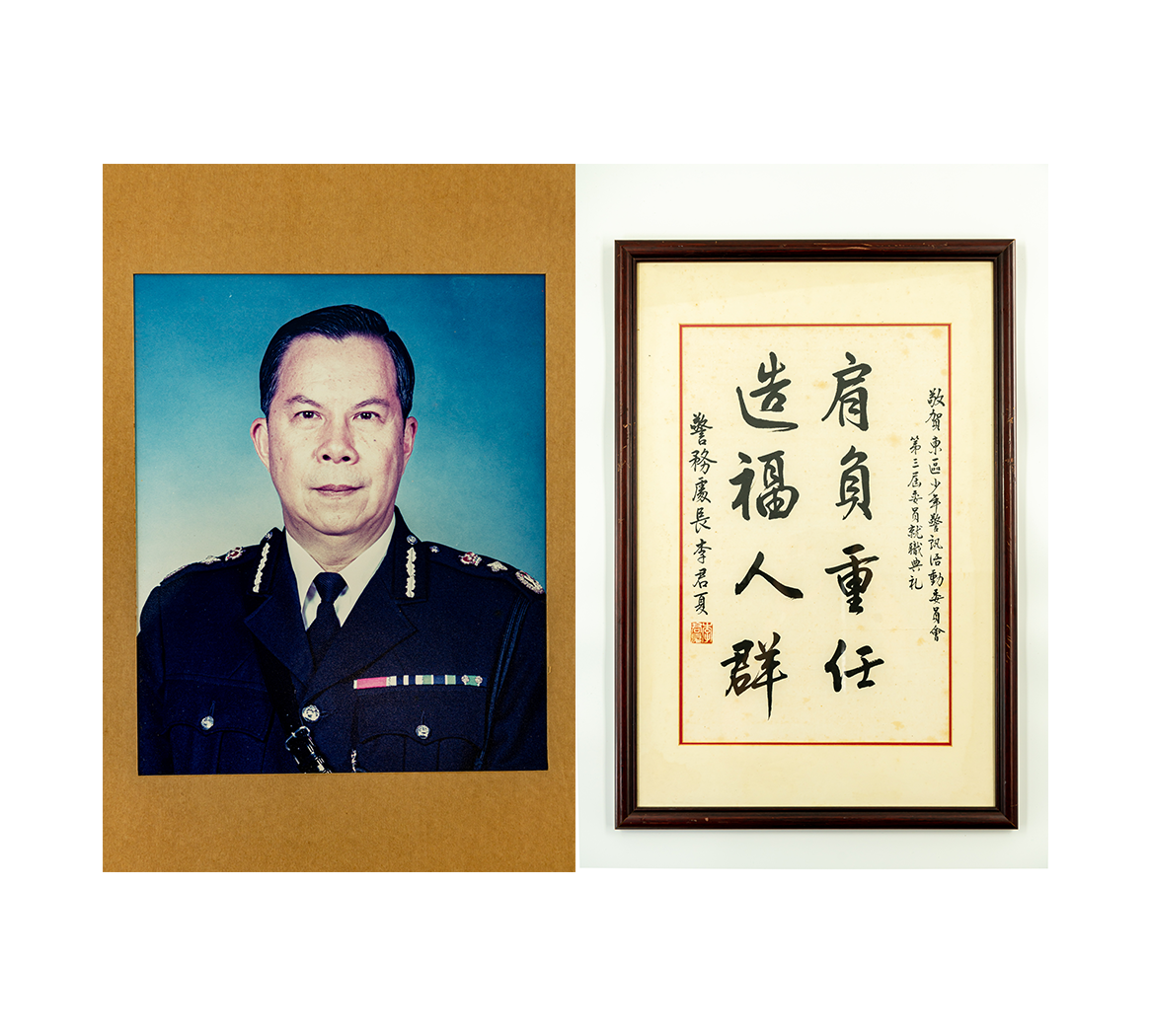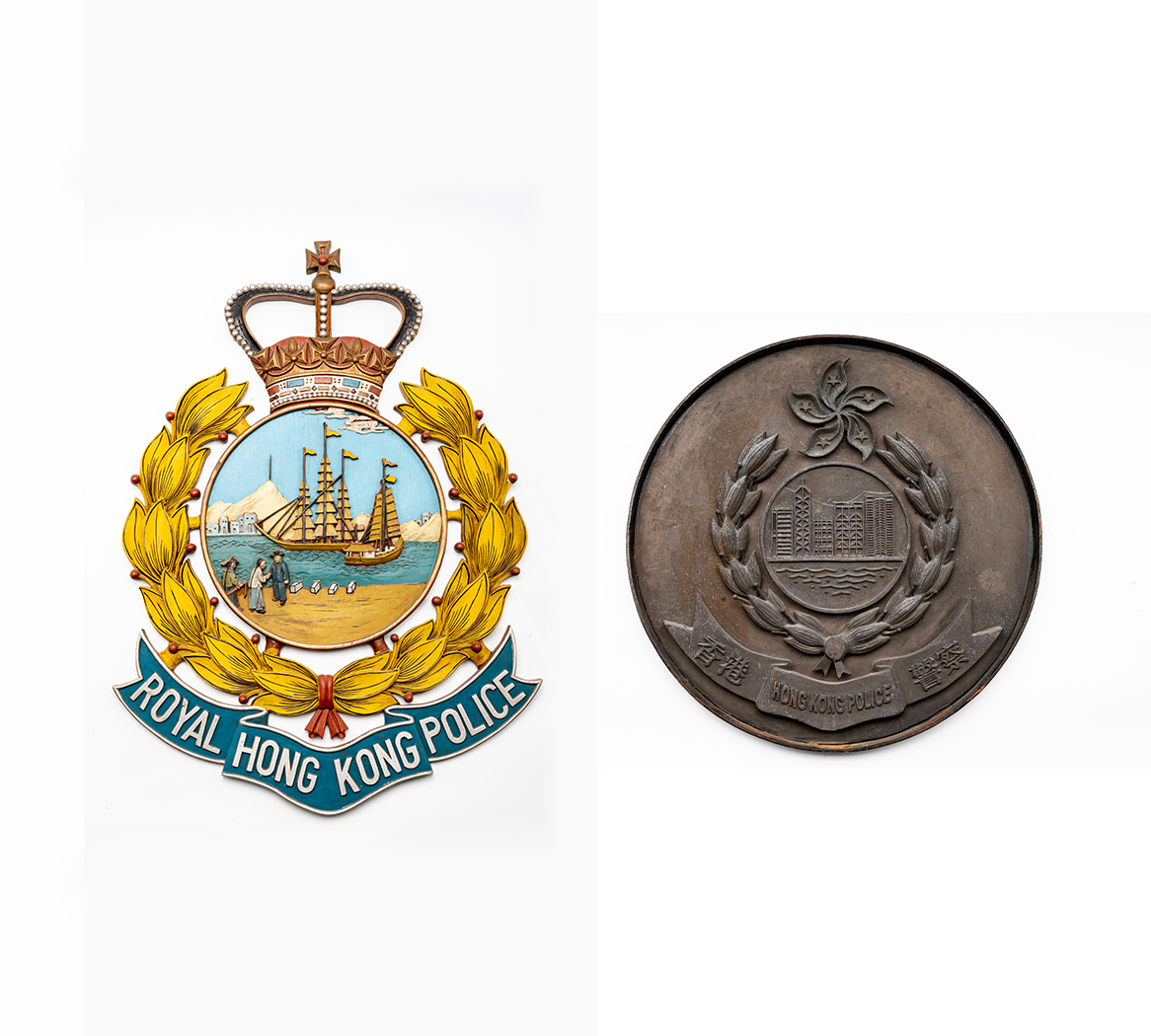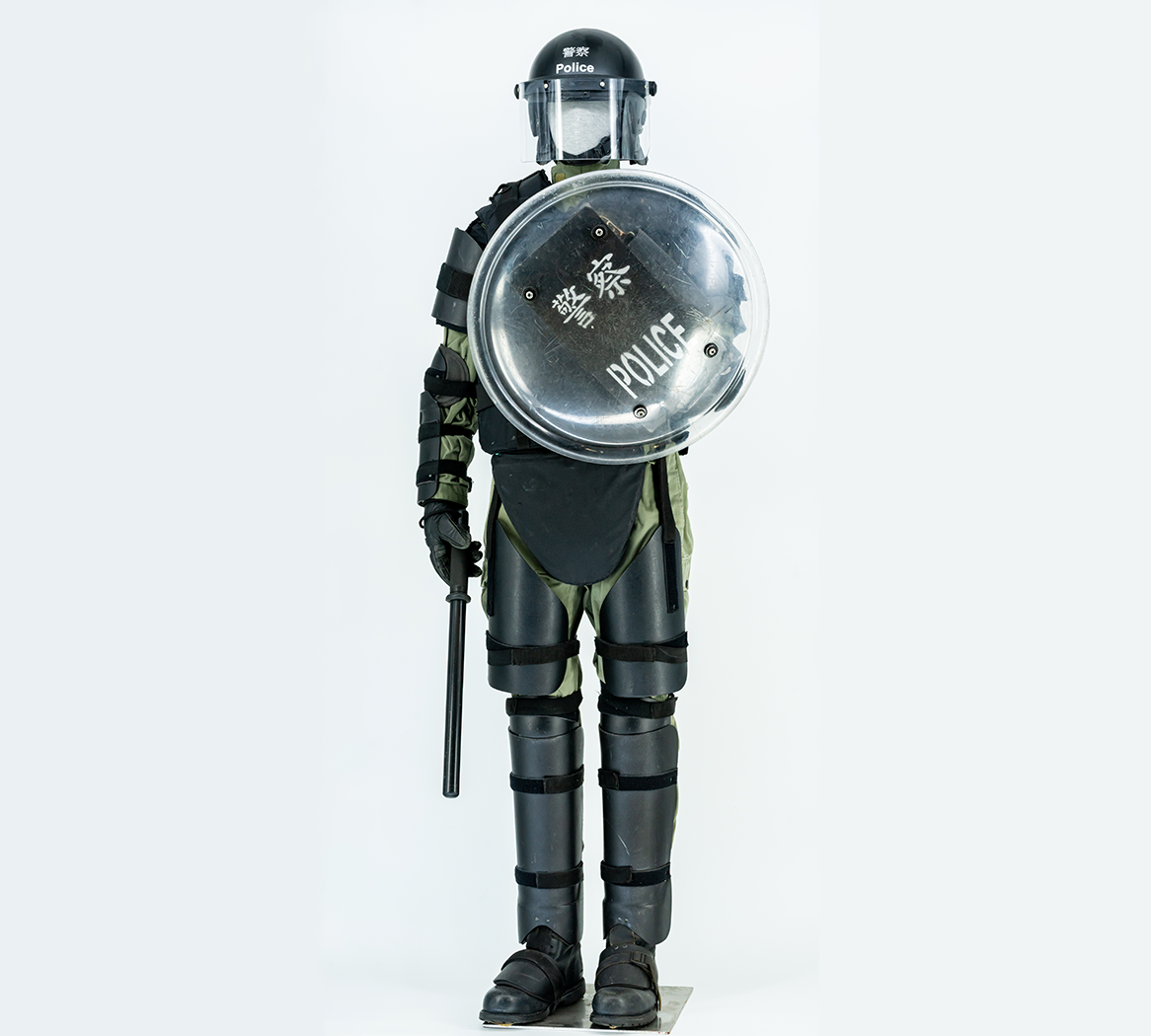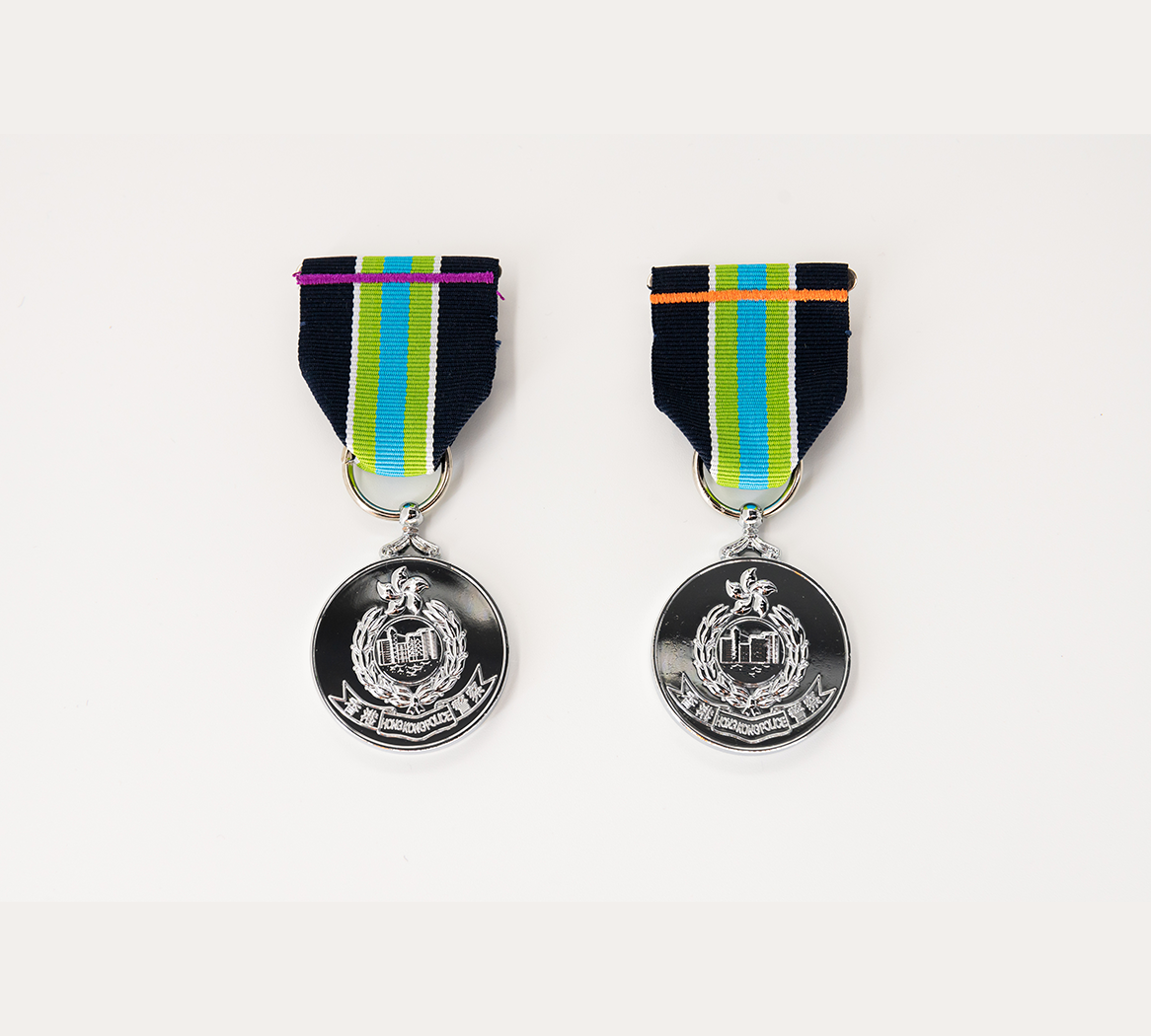Description
To provide a prompt and effective service to 999 emergency callers, the Force’s communications equipment must be kept up to date so that the efficiency of officers’ operations is enhanced.
Through the Command and Control Communications System, the Force’s Regional Command and Control Centre can deploy resources quickly from the Regional Headquarters and various police districts to respond to cases and situations.
The first generation of the Command and Control Communications System (CCl) was launched in 1976. This generation of radios also had a feature. They notified the Control Centre automatically if someone tried to snatch a police officer’s radio. However, this radio had a low signal transmission capability and many signal stations were required.
In 1990, the second generation of the Command and Control Communications System (CC2) was launched. The radio, commonly known as the “Robocon”, cost over HK$400 million at the time. The radio communication system featured a wide range of functions and comprehensive coverage across all of the police districts in Hong Kong. It was the first radio communication system of such a large scale used by the Hong Kong Police Force.
In 2004, CC2 was used as the basis for the third generation of the system (CC3). The new radio communication system adopted a digitised format to improve voice quality and included encryption features to prevent eavesdropping and unauthorised access to the system. Its operational confidentiality and security were greatly enhanced. CC3 also won international recognition and the Best Innovation Award at an international communications system design competition.
The fourth generation of the system (CC4) was introduced in October 2020. The CC4 radio is lighter and the battery is more durable than that of its predecessor. New features include the speech-to-text Police Operational Nominal Index Computer System (PONICS), which allows officers to conduct checks directly through an artificial intelligence system. A cross-District talkgroup function has also been added to enhance communication and operational efficiency among police districts.

